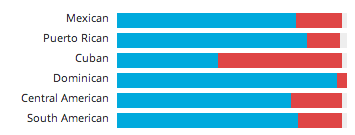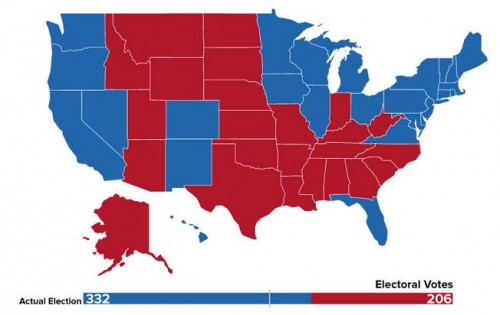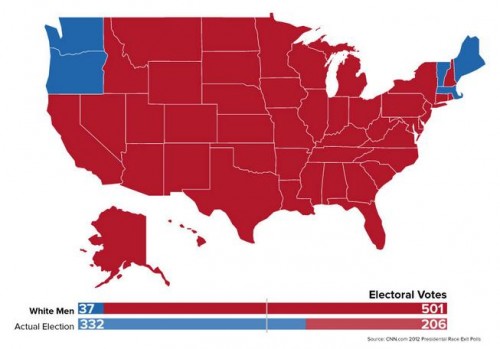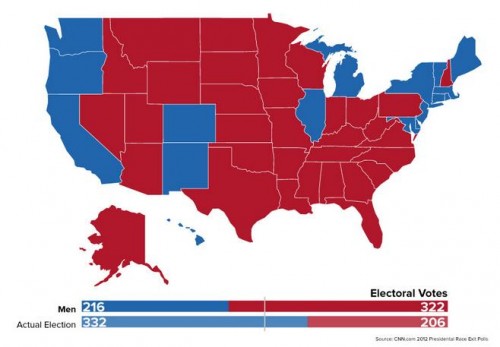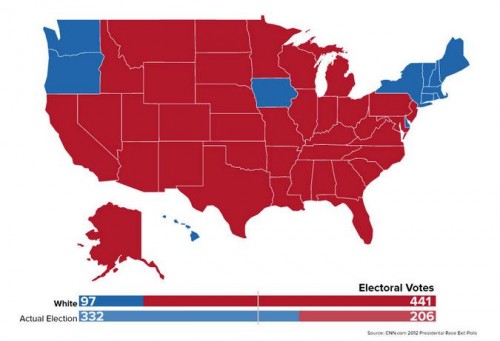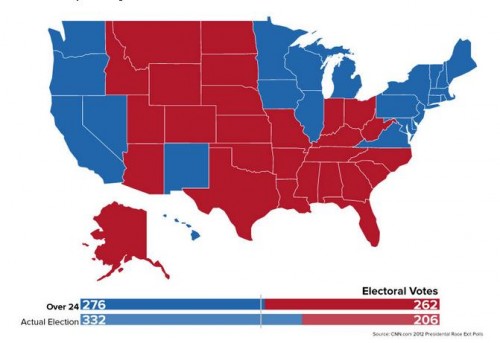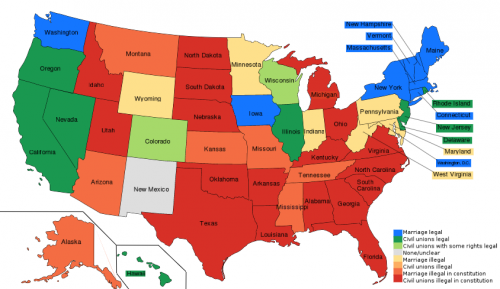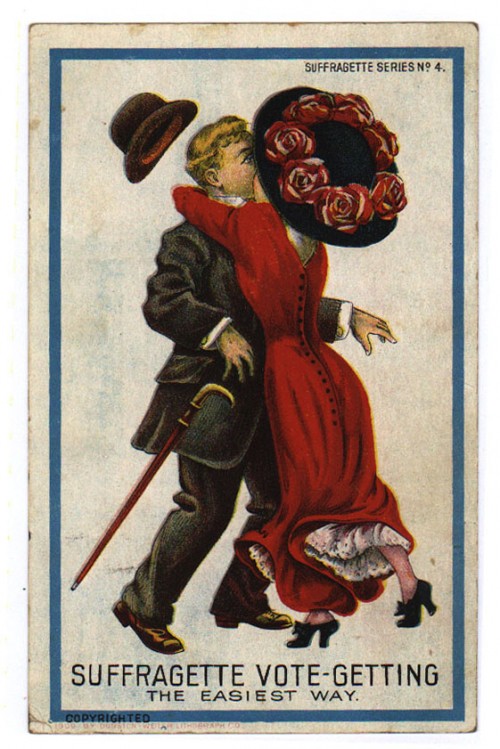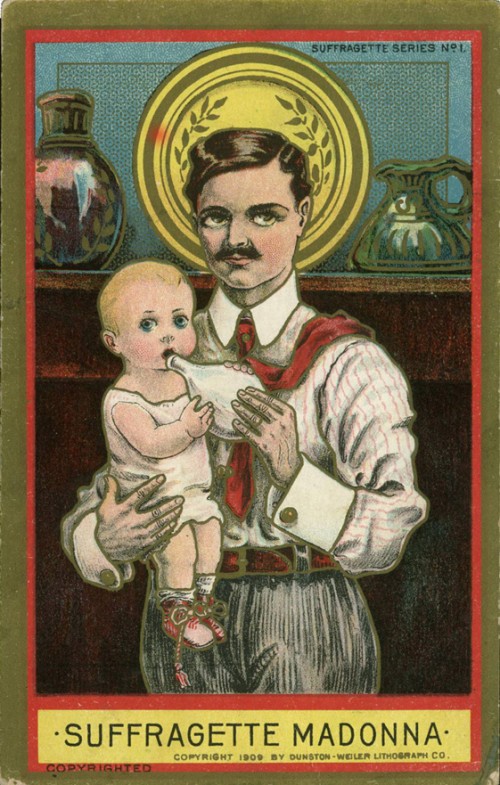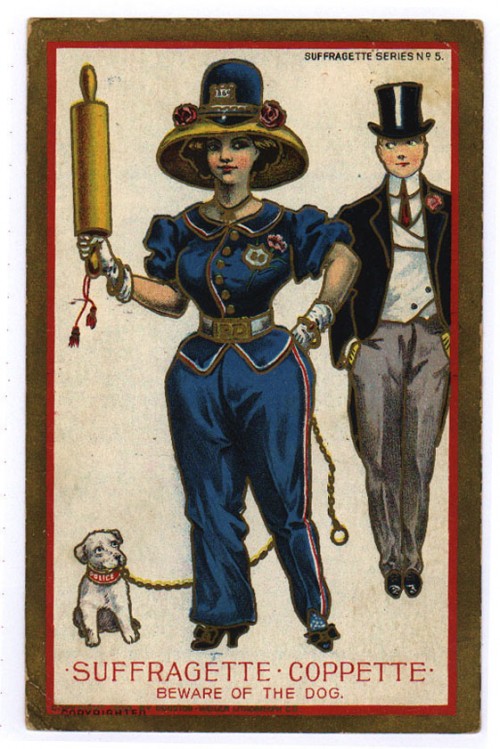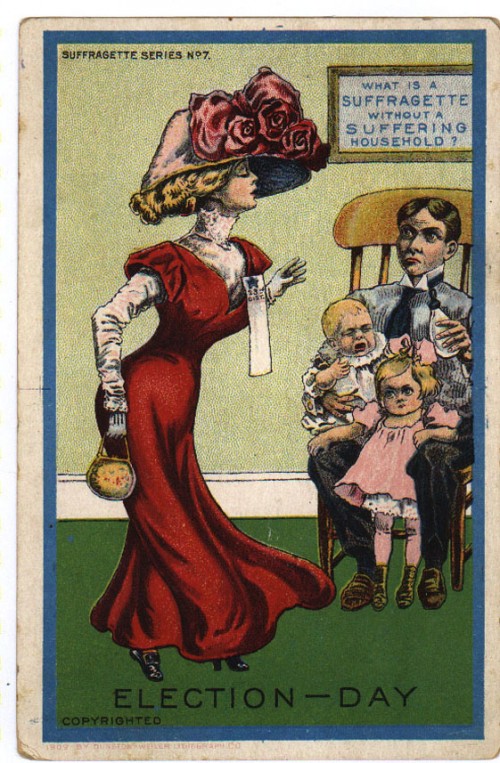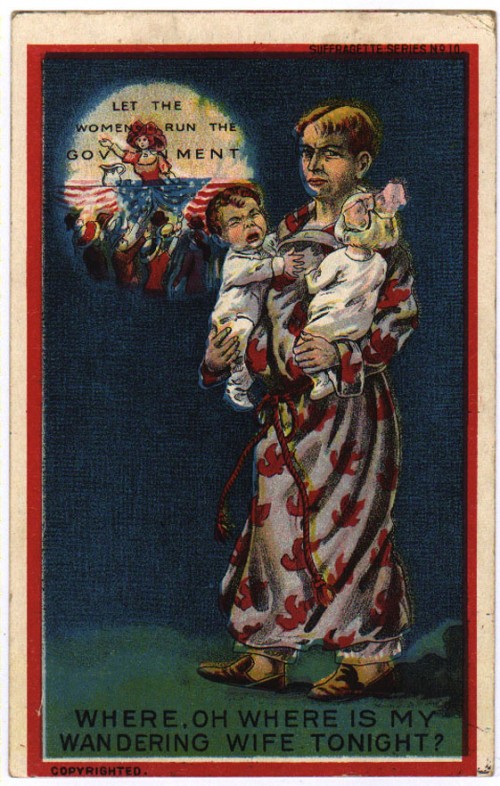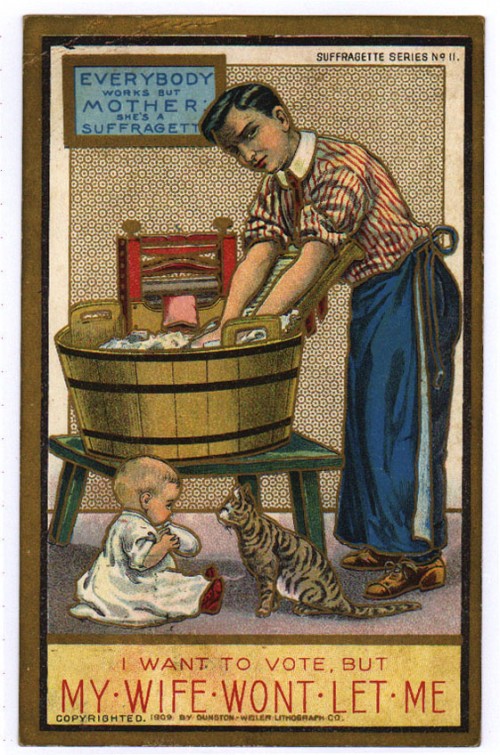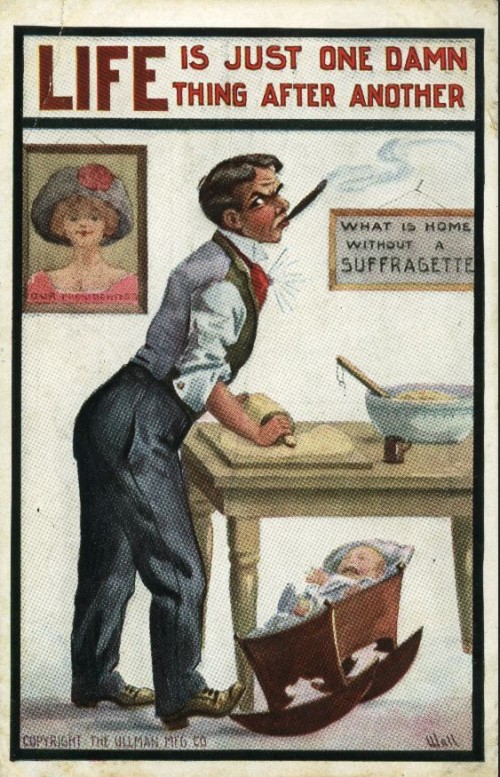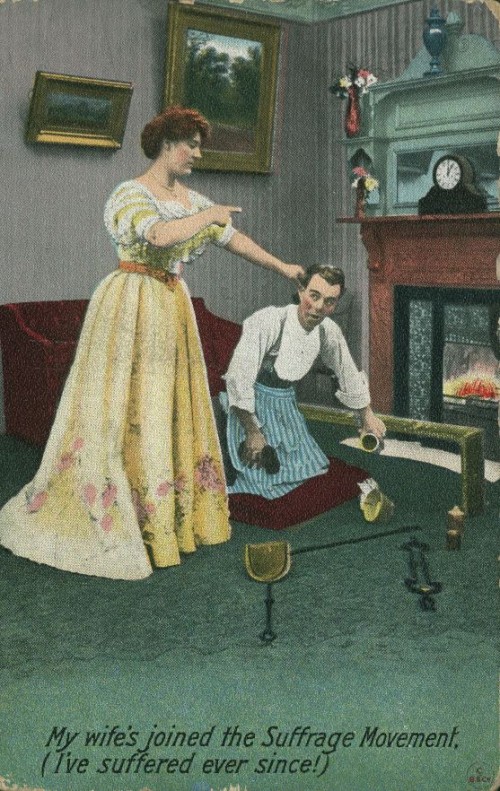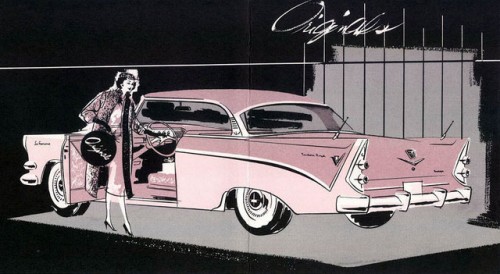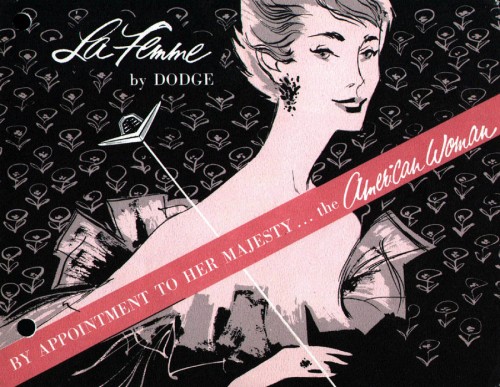I know everyone is tired of hearing or thinking about the U.S. presidential election, but Latino Decisions has released an interactive website that shows how Latinos/as in the U.S. voted, as well as the issues they found particularly important.
In many of the swing states, Latinos formed an essential part of President Obama’s winning coalition of voters. As you may have heard by now, Latinos voted overwhelmingly Democratic, with about 3/4 voting for President Obama:
But this varied by ancestry. Among Cuban Americans, only 44% supported Obama, while he received 96% of votes cast by Dominican Americans, 78% by Mexican Americans, 83% by Puerto Ricans, 76% by Central Americans, and 79% by South Americans (hover over the graph here to see the %s):
Language also made a difference. Among those who speak primarily English, Obama got 70% of the vote; among those who speak Spanish, it was 83%:
Religion was an even bigger factor. While 81% of Catholic Latinos voted for President Obama, he got a much smaller majority — 54% — among those who identified as born-again Christians:
The website also lets you get specific data on a number of swing states or states with large or growing Latino populations, as well as breakdowns of the issues that Latino voters said were most important to them. It’s an interesting website with a lot of breakdowns, so it’s worth clicking over and looking around.
Gwen Sharp is an associate professor of sociology at Nevada State College. You can follow her on Twitter at @gwensharpnv.


